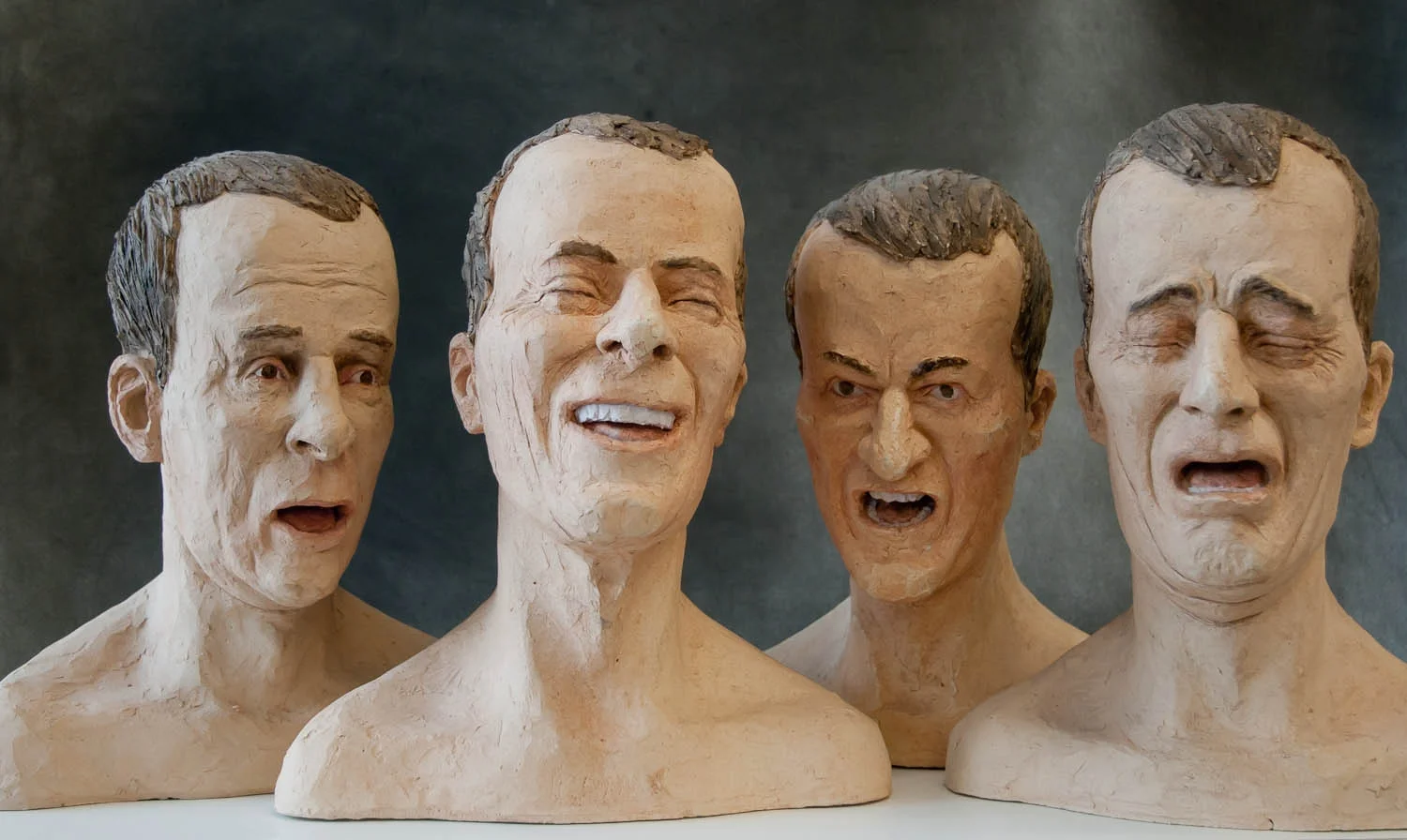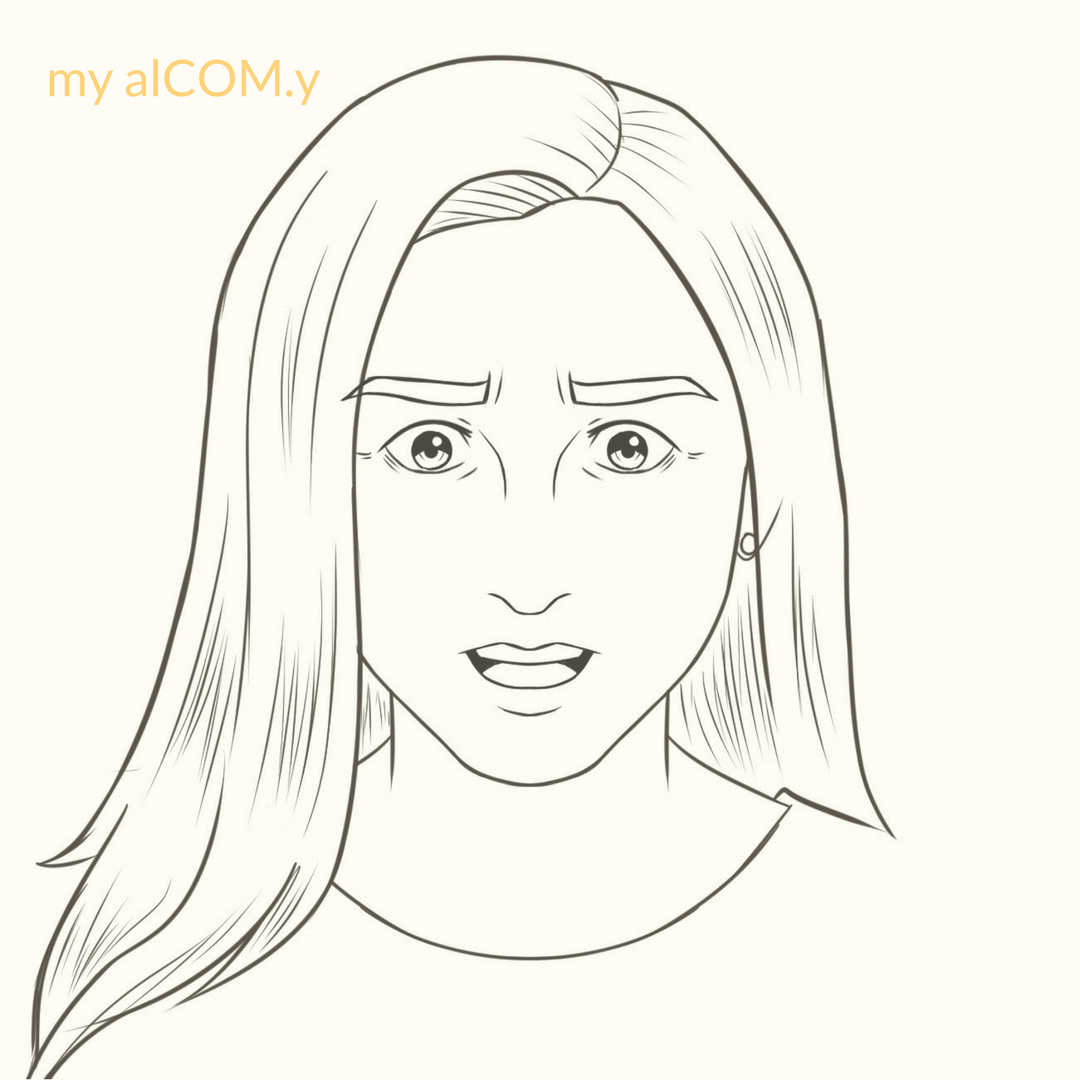Emotion Spotting: Expressions and microexpressions
Are you missing an important channel of communication?
Most of us listen to spoken words as we interact with others, but not many people pay conscious attention to what remains unspoken. Words can, and do, convey lots of complex thoughts, theories and feelings, but they are usually filtered and adapted to create a certain impression, giving you, the listener, the 'intended' message. There are lots of reasons for this– to be more amicable, to maintain relationships, to deceive, to conceal emotions, to make others feel better– to name a few. So it's not all bad. Imagine if everybody spoke their thoughts– Ouch! In many situations, however, you could benefit from knowing more and having a good understanding of how the person you interact with really feels, whether it's potential deception in a negotiation or marriage, or when you just want a family member to be more open with you.
Imagine if you could control how much more information you could gain from the interaction, just by switching on your observational skills. You could tune in to see the bigger picture and gain a real understanding of what is really being 'said'. This skill comes naturally to some people, while others seem not to pick up on nonverbal cues, no matter how obvious we try to make them. The good news is that it can be learned and practised to the level that suits you. I have this skill because I've practised it, but I don't always actively use it. I step up my observation as and when needed, for instance in a meeting, a negotiation or in meaningful conversation. In this post I want to talk about facial expressions and how you can observe them to understand the true emotions of others, emotions that are often concealed.
Expressions and Microexpressions– what's the difference?
EXPRESSIONS
During an interaction, you and your conversational partner feel and express a range of emotions, one after another, depending on where the conversation goes. Even if you feel one overriding emotion, for example, sadness, as the conversation flows other emotions can still be felt and expressed. These feelings, and expressions, of emotion, if genuine, are perfectly timed with what is being said, by either party– alongside speech (speaker), or in response to it (listener). A facial expression typically lasts somewhere between a half a second and four seconds. Sometimes these expressions are referred to as 'macroexpressions'. They are clearly visible, but can easily be misinterpreted if you aren't familiar with universal expressions– see moving image.
While one person may feel a certain emotion in response to a stimuli, the other person may not have the same emotional response. For instance, while a lot of people are disgusted at the thought or sight of vomit, others may not be– the school caretaker (with his bucket of sawdust and disinfectant) springs to mind, or a nurse– they may have built up resilience, due to continued exposure. Sorry to put that thought in your head, but it was deliberate, because I'm curious, did your upper lip raise and your nose crinkle with disgust? Mine certainly did.
Emotions are usually expressed involuntarily– without conscious effort to create them. However, they can also be created voluntarily, in other words, we can fake them to appear like we have a particular emotional state. For example, we can put on a sad face to gain sympathy and attention. Or we can conceal our true emotional state, by disguising it with a different expression. For instance, we may feel happy that we have won a challenge, but we try to conceal it, or subdue it, to make the loser of the challenge not feel so bad, so we may put on a sad face for them, to show empathy. Sometimes, faked expressions are held for longer, or the timing is slightly off, for example, it's slightly delayed in response to the stimulus– imagine someone faking surprise at a revelation that they already secretly knew about, with the response to the revelation being slightly delayed.
UNIVERSAL EXPRESSIONS
Although there are differences between individuals there are around 43 muscles in the human face. These are capable of producing thousands of expressions (over 7000 have been observed), but only seven of the expressions are considered universal– innate within all humans… anger, sadness, fear, disgust, surprise, happiness and contempt. There's evidence that these seven expressions stem from their related 'basic emotions'. In other words, when you spot one of these seven expressions, you can assume that they result from the person feeling the related emotion– that is, unless it's deliberately faked. To learn more about universal expressions and how to recognise them click here.
MICROEXPRESSIONS
This is how fast microexpressions can be.
In 1966, Haggard and Isaacs discovered the microexpression. These differ to expressions (macroexpressions) in duration– they literally flash over the face in a fraction of a second (1/15 - 1/25), so usually aren't detectable to an untrained eye. They are also involuntary, the barer having no control over them. They leak suppressed (deliberately concealed) or repressed (unknowingly felt) emotion.
Microexpressions are therefore more reliable and telling of a true emotion. For instance, if you're exchanging pleasantries with someone who really doesn't like you, it's possible that they would display a microexpression/s of contempt. If you were to spot this it would give you additional information, contradictory to the pleasantries they speak. Most people aren't even aware of microexpressions, so this additional level of communication is missed, Whilst sometimes it may be better for you (your mental health) not to know how people really feel about you– let's say it's someone who crosses your path but doesn't really impact your life. Other times it may be incredibly important to have this information. For instance, someone that you work closely with, a potential love interest, a sales negotiation, etc. In these situations, spotting a microexpression may be the difference between making a significant, positive or negative decision.
Recognising emotional expression is an enlightening experience and if you care for yourself or others, it's relevant. It's not all about discovering deception, it's about being able to understand others so that you can empathise with them and offer a more appropriate response–to improve interactions and relationships. Even if you see contempt flashed towards you, that gives you the power to try to turn around their feelings towards you.



